Mail in Mac OS X has progressively grown from the simple mail client Apple included with the first builds of Mac OS X into one of the best email solutions for the Mac, and certainly the most popular. As the default app for email on the Mac, Mail gets lots of feature requests and lots of complaints when things don't work as expected. For example, Mail 2.0 in Tiger drew gasps from its use of nonstandard toolbar icons that grouped functions together in bubbles. Apple has significantly updated Mail for Mac OS X 10.5 Leopard, introducing support for Notes, To Do reminders, RSS feeds, Data Detectors, and HTML Statonery. Here's a look at what's new.
Mail's Origins
In the early 80s, Apple began work on outlining an office-centric system for file sharing, printing, and messaging called the Macintosh Office. Steve Jobs hoped to aggressively target the new Mac at businesses, staving off the advancement of the then very simplistic IBM DOS PC by offering a sophisticated, integrated system of networked workstation class machines.
Apple CEO John Sculley feared that Jobs' plans for the Mac might spread the company too thin and prematurely kill its current cash cow, the Apple II. Jobs lost the ensuing power struggle, and wound up departing from Apple and taking his vision for advanced, highly integrated business machines to NeXT.
Meanwhile, Sculley's Apple delayed the roll out of various elements of the Macintosh Office plan over a prolonged period. That delay left Apple without a cohesive product for businesses, ceded that market to the DOS PC unchallenged, and pigeonholed the Mac into a role as niche product for graphic designers.
The Macintosh Office
As originally conceived, Job's Macintosh Office would first deliver brain dead simple networking and file sharing, then migrate the Mac from its appliance origins into a "BigMac" workstation and server platform based upon Unix. Apple licensed commercial Unix from AT&T in order to move in that direction. A stronger operating system foundation would allow for further advances in messaging and collaboration.
The Mac shipped early support for AppleTalk networking, which enabled it to share files and expensive peripherals such as the 1985 LaserWriter without any complex configuration. Jobs promoted the evolving idea of the Macintosh Office in Lemmings, a 1985 SuperBowl ad which depicted blindfolded users marching over a cliff until one user decides to pull off his blindfold and look around.
Further elements of the plan were slow in coming, particularly after the departure of Jobs and his replacement by Jean Louis Gassée, who derided the plan as the "Macintosh Orifice." Gassée pulled Apple out of its partnership with workstation vendor Apollo, which the company had been working with in an effort to port the Mac desktop to its line of workstations running the Unix-like Domain/OS. That move left the blindsided Apollo scrambling for a new strategy, and it was subsequently bought up by HP.
Gassée also snubbed AT&T and other vendors which had expressed interest in licensing the Mac desktop for their Unix workstations. Four years after the arrival of the original Mac, Sculley's Apple released its own Unix distribution for the Mac called A/UX, but it wasn't integrated with the Mac System 7 desktop until version 3.0 in 1992.
Apple also finally released a standalone AppleShare file server in 1988, and announced plans to expand its server offerings into a messaging and collaboration system called the the Apple Open Collaboration Environment (AOCE) shortly afterward. However, by then Apple's over-architected plans had little chance of gaining much acceptance, and the company wasn't doing a very good job at actually developing usable technology. In large measure, that was because the classic Mac OS wasn't designed to serve the needs of a server platform.
Under Sculley, Apple also largely backed out of the application software to avoid stepping on the toes of its third party developers. QuickMail, FirstClass, and Microsoft Mail were among the first email programs for the Mac, which also made them among the first graphical email clients on any computer. Microsoft later ported its Microsoft Mail to Windows, where it competed on the PC against the very popular DOS-based cc:Mail.
Steve Jobs' NeXTMail
After leaving Apple, Jobs accomplished at NeXT what he hoped to do with the Macintosh Office. Its NeXTSTEP operating system was developed on top of a Unix foundation with the intent of delivering advanced networking and collaborative functionality.
Among the advances NeXT demonstrated as early as 1988 was NeXTMail (below). It allowed users to include rich text in multiple fonts, use drag and drop to include embedded graphics or file attachments, and could even include audio recordings using the built in voice annotation feature called Lip Service. It also supported 'mailfaces,' a feature which collected and set up a database of mail contact photos and matched them to incoming emails.
NeXTMail could also consult a corporate directory service to look up contacts, years before Microsoft even promised to deliver similar features in its Exchange Server product, which didn't ship until 1996. By then, NeXTSTEP had sat in maintenance mode for years after giving up on trying to sell its operating system in the PC market locked up tight under Microsoft's monopoly control.
New NeXTMail users were greeted by a welcome email message which included a voice recording from Jobs (below) and his signature. Jobs demonstrated the advanced features of NeXTMail in a 1992 NeXTSTEP Release 3 Demo presentation that is now on YouTube.
Microsoft's Exchange and Lotus Notes
Lotus Development bought cc:Mail in 1992 in an effort to migrate its users to Lotus Notes. However, the transition pushed many users with simple email needs to adopt the far more complex Notes groupware software. That left an unfilled hole for a less ambitions product to fill.
In 1991, Bill Gates outlined an initiative to match the features of NeXTSTEP in the presentation of Cairo, a code name that first referred to an operating system product that would follow the first release of Windows NT, and then later petered out into what Gates would described as a "product vision." By 1997, Microsoft stopped talking about Cairo entirely, but some elements of it resulted in actual products within the same decade.
One of the most significant examples was the 1996 release of Exchange Server and the Exchange Client email program (below), which later became Outlook for Windows and Entourage for the Mac. With the release of Exchange, Microsoft sold off its existing Microsoft Mail product for the Mac to StarNine.
Exchange cleaned up the low end of the PC market, which had largely been stuck with Lotus cc:Mail and lacked any simple migration path outside of upgrading to Notes. Exchange has since expanded upward in the market to compete against Lotus Notes directly, which is now owned by IBM.
On page 2: Apple's PowerTalk and CyberDog; NeXTMail at Apple; Mail in Mac OS X; and Tiger Mail 2.0.
Back at Apple, by 1995 the aforementioned AOCE and its PowerTalk mail components (below) had been recognized as a failure on the same level as Copland, for many of the same reasons. Both tried to do too much, were built on shaky operating system foundations, and were demanding a lot from third party developers at a time when Apple's Macintosh looked like a poor platform for investment.
PowerTalk had intended to embed messaging features into the Mac System Software, making emailing a document as simple as printing (below). Rather than simply adding email support, the system also intended to incorporate digital signatures and encryption features, handle foreign language messaging, manage user passwords in a system wide keychain, and support an extensible, abstract information cataloging system (described in a MacTech back article from December 1994: Exploring Advanced AOCE Templates Through Celestial Mechanics).
In 1996, PowerTalk was finally put on ice and Apple changed its focus toward a software component strategy based on OpenDoc. As a demonstration of what could be done with OpenDoc building blocks, Apple introduced CyberDog (below), a collection of email, web browsing, newsreader, FTP, and other Internet related components.
Apple's software subsidiary Claris also bought up Emailer (below) in 1994, which was popular among Mac users in the mid 90s. Emailer was canceled along with much of the rest of Claris' aging portfolio during the housecleaning following Apple's purchase of NeXT in 1996.
NeXTMail at Apple
After acquiring NeXT, Apple was quickly remade in Jobs' image. Apple immediately shipped a cross platform 4.2 release of NeXT's operating system as a demonstration of what the company had acquired. It included the largely unchanged Mail.app (below).
In 1997, Apple shipped NeXT's Mail.app with a Mac OS appearance in its Rhapsody developer previews, under the name MailViewer (below). When major third party Mac developers — primarily Adobe, Macromedia, and Microsoft — refused to invest in Apple's new platform, the company had to come up with a new strategy for migrating the classic Mac OS APIs to run within the new system, allowing existing, classic Mac OS programs to run transparently. This new strategy set aside Apple's original plan to rapidly migrate Mac users to a modernized version of NeXTSTEP.
Mail in Mac OS X
That involved extending the classic Mac OS 7.6 with interim releases over the next several years, while Apple reworked and modernized a new hybrid system of NeXT and Mac technologies that would result in Mac OS X. In 2000, the third developer release of Mac OS X debuted the new Aqua interface. One of its design principles was the idea of slide out drawer windows, which the new Mail (below) used as a way to present its mailboxes.
With its initial commercial release of Mac OS X, Apple shipped Mail 1.x (below). It offered integration with the new Address Book, which built both upon the PowerTalk concept of a system wide contacts repository and NeXT's NetInfo directory system.
With Mac OS X Jaguar 10.2 in 2002, Apple added junk mail filtering and made continuing refinements to the overall interface. This was the first version of Mac OS X that was widely usable by mainstream Mac users. In their migration to Mac OS X, many left their former classic Mac OS email clients behind to use Apple's bundled Mail app.
With Mac OS X Panther 10.3 in 2003, Apple added integration with AOL Instant Messaging presence indication provided by the new iChat, and some limited new interaction with the newly released iCal.
Panther's Mail (below) was notable as being one of the few leading apps bundled in Mac OS X that wasn't converted to brushed metal. Address Book, iCal, iChat, QuickTime, iTunes, Safari, the Finder, and even the Calculator were all outfitted with a metal appearance. Mail did get a facelift however, which toned down its iMac style plastic pin striping and gave it a platinum title bar with close widgets set into it like gems rather than glued on top like gumdrops.
Tiger Mail 2.0
The release of Mac OS X Tiger 10.4 in 2005 brought Mail 2.0 (below). It got smart mailboxes, mail priority flagging, attachment slideshow features, an easy way to resize graphical attachments to save bandwidth, and closer integration with .Mac for syncing mail accounts, rules, signatures and smart mailbox settings. It also got faster improved searching overall thanks to Spotlight integration.
In order to support Spotlight's search engine, the new Mail converted its email storage from a variant of the MBOX format originally used by NeXT — which put individual emails into a large database file, as most other email programs do — into a simple new folder structure that saves each email as a separate file. This allows Spotlight to search through email messages just like individual documents, and return email messages as results to a search.
Mail 2.0 dropped its drawer and instead placed email account folders within a sidebar. It introduced a new unified look, which merged the toolbar into the title bar, creating a larger target for grabbing the window. Toolbar icons also introduced a bubble look, which grouped together more compact new icons by purpose.
On page 3: Leopard's New Mail; To Do Reminders; Apple Data Detectors; Take Notes; RSS Feed Reader; and New Mail Source List.
In Leopard, Mail 3.0 (below) gets its biggest leap forward yet. Its window follows the unified Leopard window appearance, with squared off window corners that look like more like iTunes. As with earlier releases, many of its new enhancements come from integration with other new or improved services in Mac OS X.
For example, the new stationery features build in a sort of mini-iWeb for creating nice looking HTML emails that embed the user's own photos into one of a variety of supplied templates. Templates are invisible unless you tap on the Stationery icon in the toolbar, so if you hate the idea of HTML emails, you won't even know its there. Until, of course, you start getting them from your mom. The Stationery-based HTML emails look good in any modern email client on the Mac or PC, including the iPhone's Mail.
To Do Reminders
Mail 3.0 also plugs in to the new Calendar Store in Leopard, which manages a system wide, shared repository of calendar and event information in the same way Address Book manages a central pool of contacts. This allows Mail (as well as third party applications) to interface with the same selection of To Do reminders as the new iCal presents. Select a section of text within an email describing an event or objective, right click, and select "New To Do" to convert the selection into a calendar reminder.
Why do this in Mail? It's not just a novelty. To Do reminders are linked to the message you created them from. From your To Do check list, you can click on an iTunes-like arrow (above, at the right end of the To Do titles) to bring up the email you linked it against. That makes the To Do a sort of organized, hyperlinked flag for email messages.
Since a To Do is a standard event, it can be assigned a due date (below) with reminder alarms, a set priority, and a calendar, so you can keep your events separated and organized, synced across systems, including — shortly — your iPhone.
Apple Data Detectors
Another cool feature in Mail is Data Detectors, which originated in Apple's Advanced Technology Group research lab in the mid 90s as a way to isolate useful information from a document, such as harvesting email addresses from a text file. Apple Data Detectors are back in Mail 3.0.
Emails in Mail that contain a date, phone number, or a contact (such within an email signature) are tagged with a drop down menu. Click on it and select "Create New Contact," and Data Detectors will scrape together as much as it can from the email: the name, mailing address, email address, phone and fax numbers, and copy them into a contact entry ready for your editing (below).
It does an amazing job of formating all the information correctly, including the city, state, and zip code. You can then click a button to add the new entry to your Address Book. You can also add the information to an existing contact. This is great if you hate having to copy and paste bits of a signature into your contacts manually. Mail's detectors can also act on time and date entries, offering to schedule an event in iCal (below.)
Take Notes
Mail 3.0 also gets Notes, which are HTML scratchpad emails with rich text, hyperlinks, and graphics or file attachments. They act as specialized email drafts, and can similarly be linked to To Do reminders, so a simple event can bring up a more detailed outline contained in a Note.
Following an upcoming iPhone update, they'll be the way to sync ideas between your mailbox and your mobile. That can already be done today with draft emails, but Notes makes it more accessible than digging around between mailboxes, and separates the and stylizes the idea of a note from an email draft. The contents of a Note can also be forwarded as an email.
RSS Feed Reader
While Apple already added support for parsing RSS feeds into Safari, Mail 3.0 offers to act as a simple RSS feed reader. That allows you to review new articles from your favorite websites (or podcasts) in the same context as your incoming emails.
New Mail Source List
With all the new stuff in the sidebar, Apple's given Mail's iTunes-like "source list" a feature that doesn't appear in iTunes, or any other application sporting a sidebar, such as the new Finder: Mail 3.0 can rearrange its main sections (such as Mailboxes, Reminders, Smart Mailboxes, and RSS feeds) by drag and drop, just as the existing Tiger version can rearrange mail folders. That lets you customize Mail to suit however you chose to use it.
 Prince McLean
Prince McLean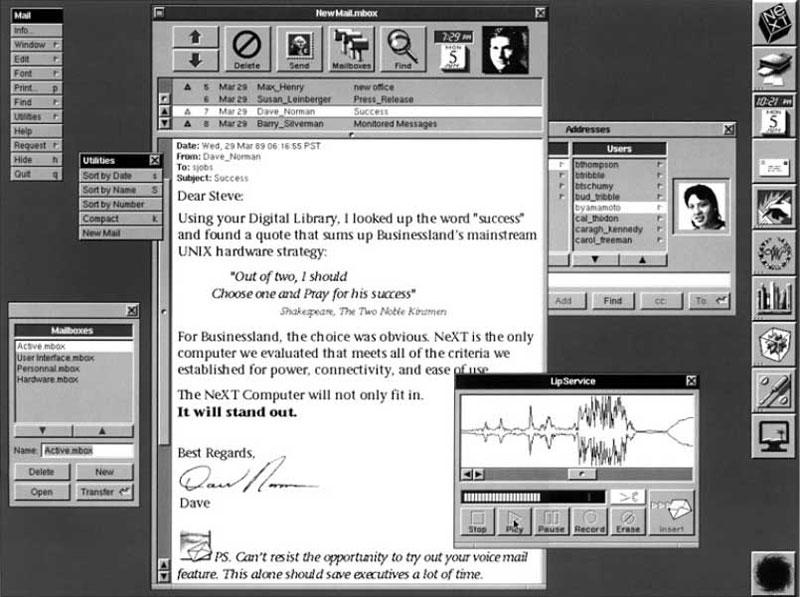
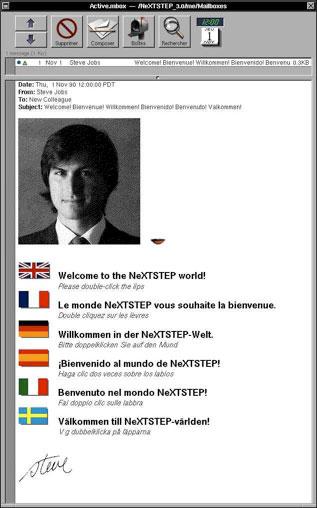

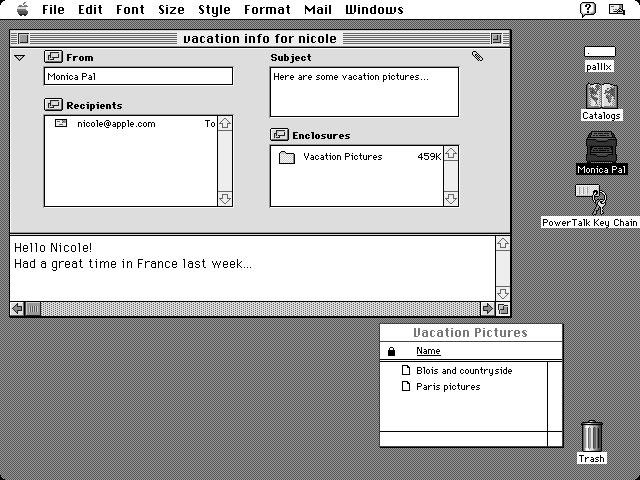
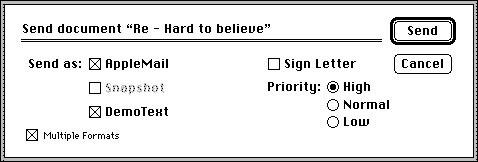
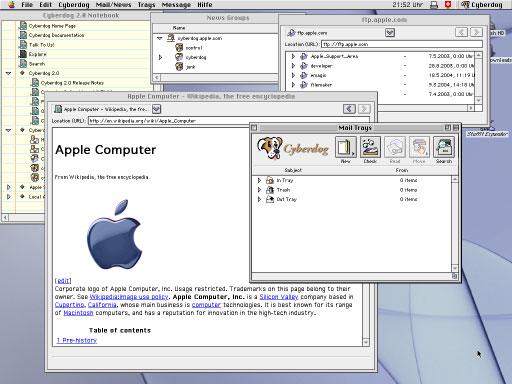

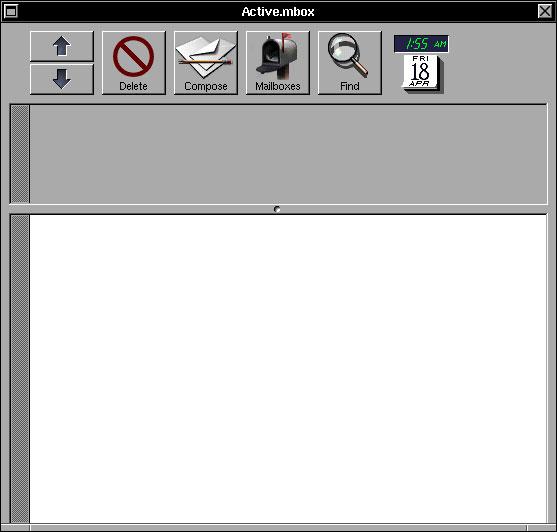
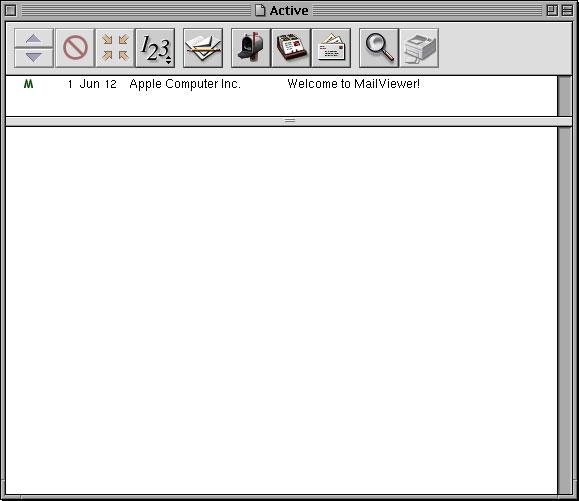
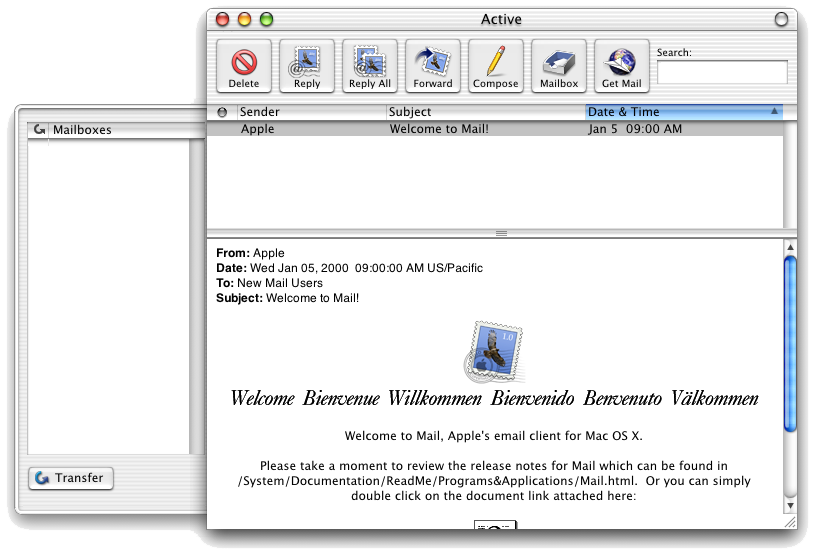
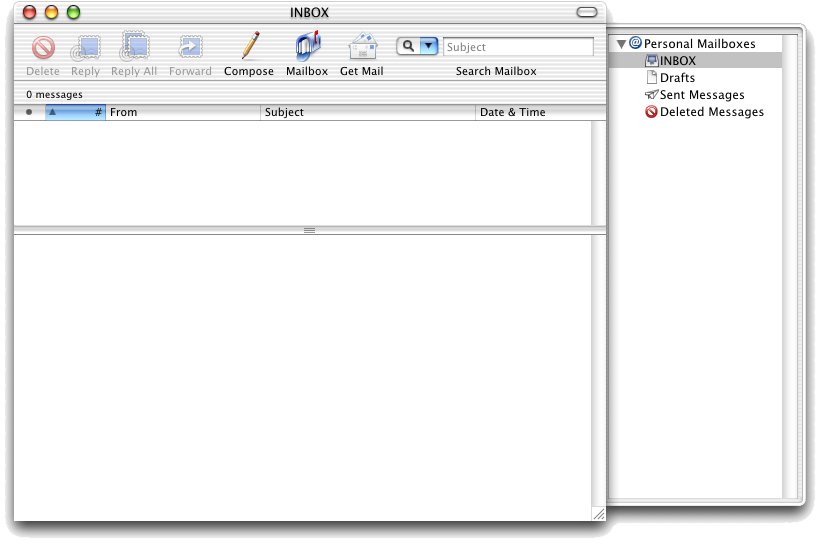
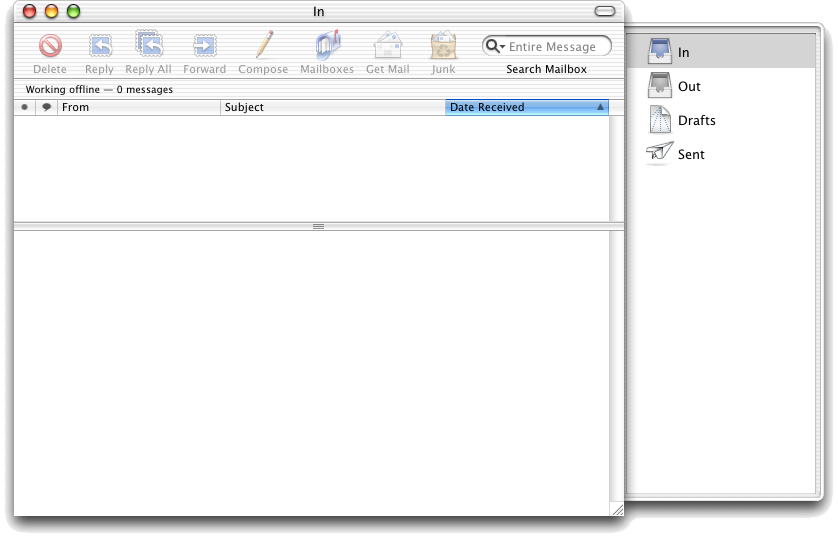
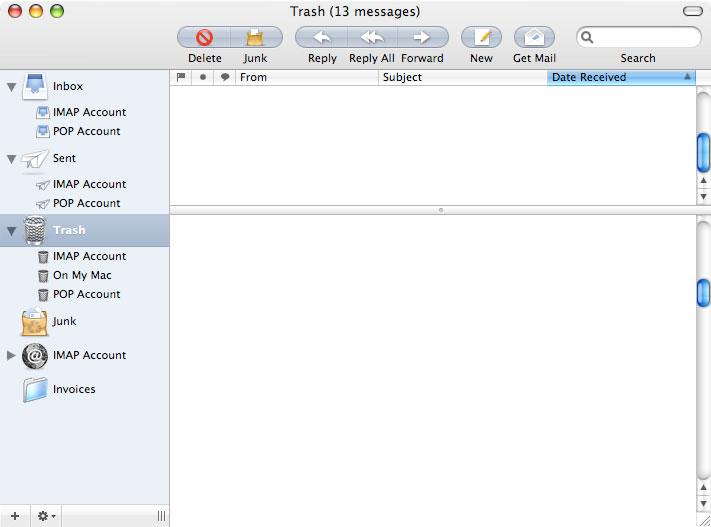
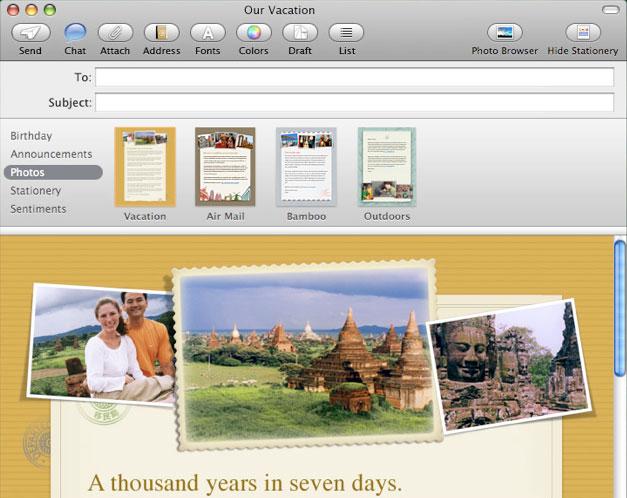
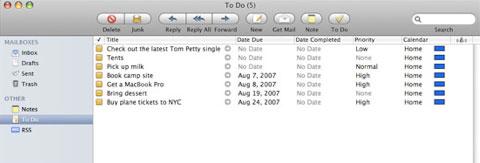
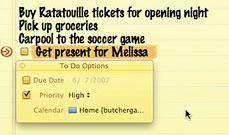
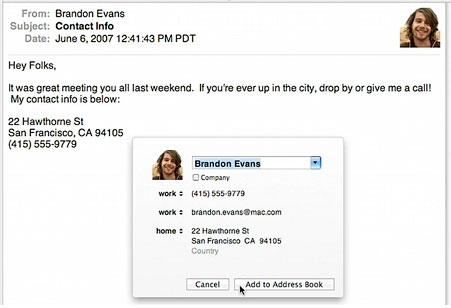
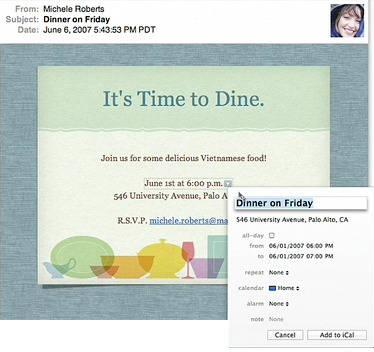
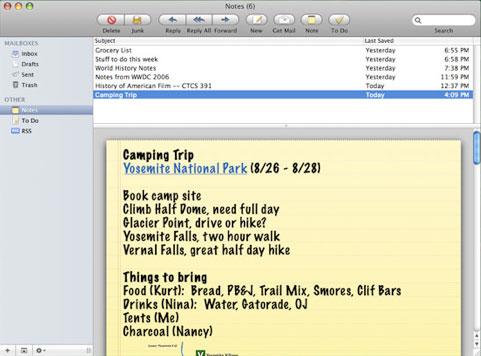








-m.jpg)





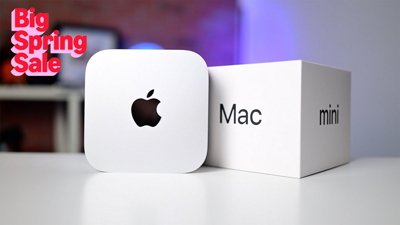
 Christine McKee
Christine McKee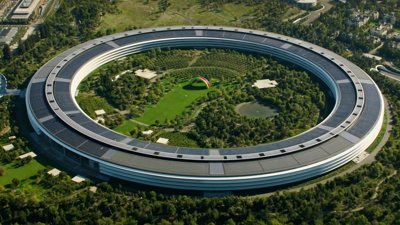
 Wesley Hilliard
Wesley Hilliard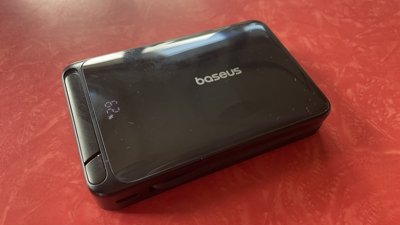
 Thomas Sibilly
Thomas Sibilly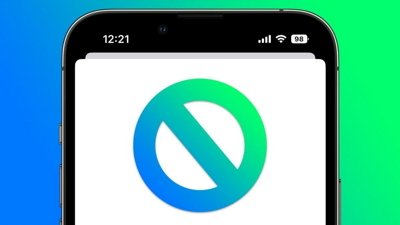
 Marko Zivkovic
Marko Zivkovic
 Andrew O'Hara
Andrew O'Hara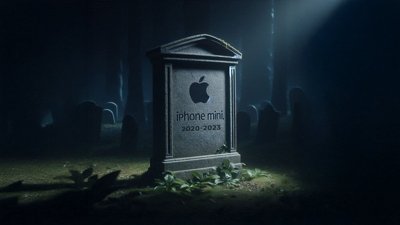
 Amber Neely
Amber Neely
 William Gallagher
William Gallagher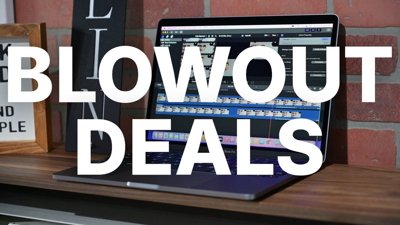









107 Comments
Will Mail 3.0 also include the use of sub-folders under a mail accounts Inbox?
I know there is Smart Folders, but I want my mail filtered properly. Meaning I want a mail physically moved to the right sub-folder, and not just a link.
What's the point of having smart folders when the mail itself stays in the inbox with the rest of the mail, of which a lot isn't filtered???
I never got that with Mail 2.0, hence I don't use it.
By the way, this goes for POP3 accounts. IMAP can doe this, since you're doing the sub-folders on the mail server and not on the on the local machine in the mail client.
These articles are great! Keep 'em coming!
(But this one ended with no conclusion / wrap up. It just kind of . . . stopped.)
In addition to the new features mentioned in the article, Mail's Activity Viewer will now be integrated into bottom of the sidebar. This is a welcomed change. I seriously hate the current floating window. The new version will show progress in the same location where Album Art is shown in iTunes. I wish Apple would just make it work like Safari's Status Bar and position it along the bottom of the window, but this is just as good I suppose. Worth a mention.
deep
In addition to the new features mentioned in the article, Mail's Activity Viewer will now be integrated into bottom of the sidebar. This is a welcomed change.
Thanks -- that's a nice change to know about for me.
Thanks for the Leopard update agian, rockin' iAm amazed at how close the NeXT STEP OS was related to the current OS X, even looking at the old Apple OS seems Soooo antiquated, Steve is a true visionary never satisfied with e status quo. iWould argue that his mid-nineties NeXT mail app is more advanced than even Tiger mail, yes more advanced than Tiger 2.0, 3.0 is another story however, its just beats NeXT by a hair, as any cat that can jump like a leopard would.
http://www.youtube.com/watch?v=j02b8Fuz73A&eurl=
NeXT STEP release Demo (See mail, it was very advanced!)